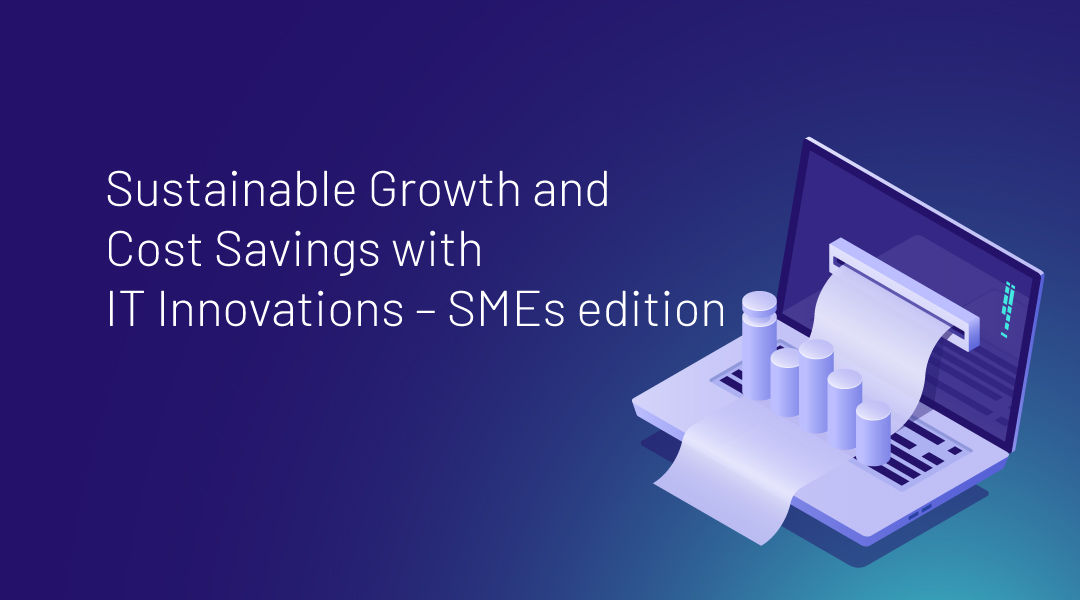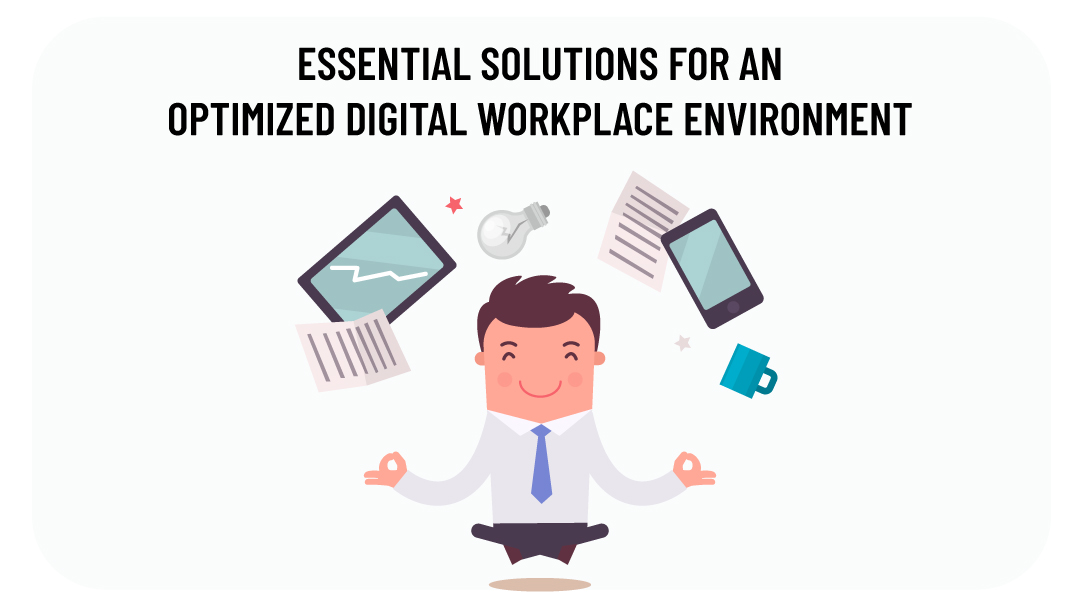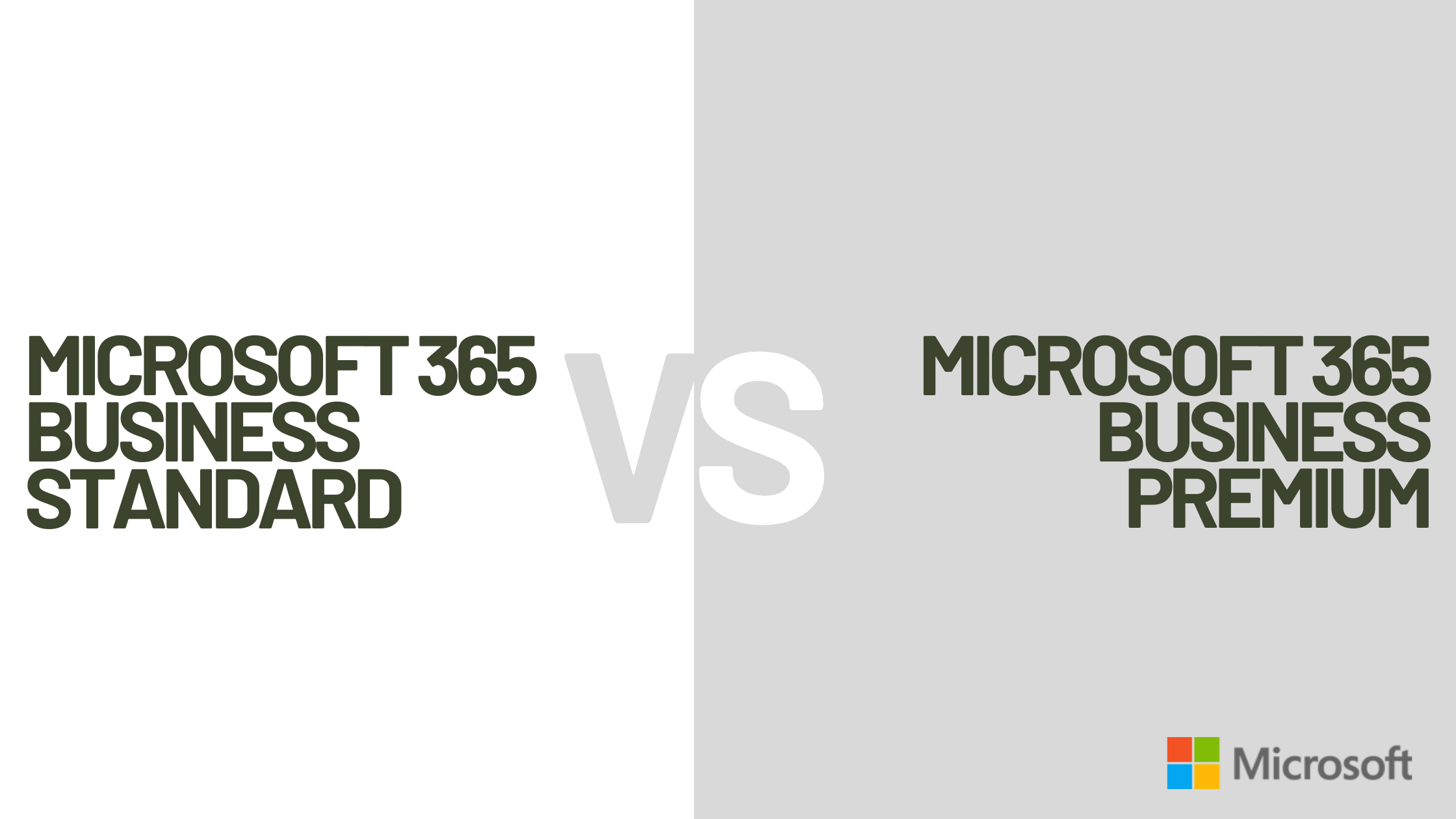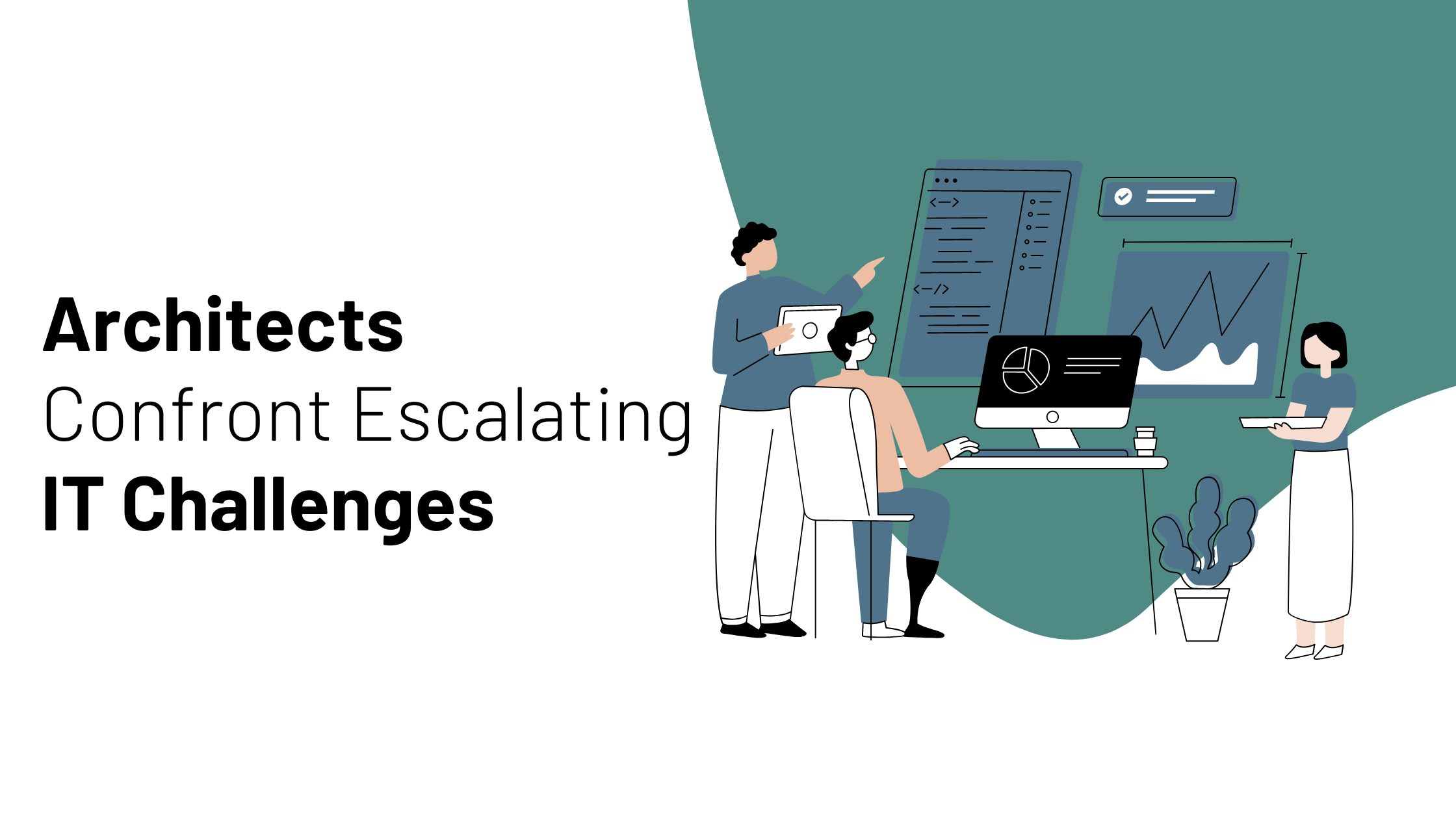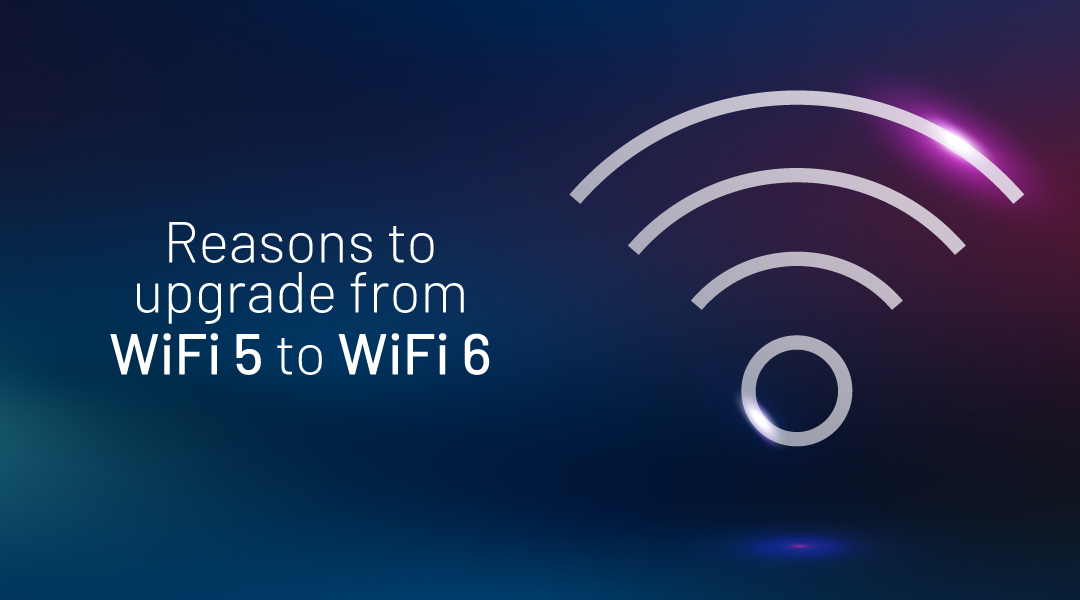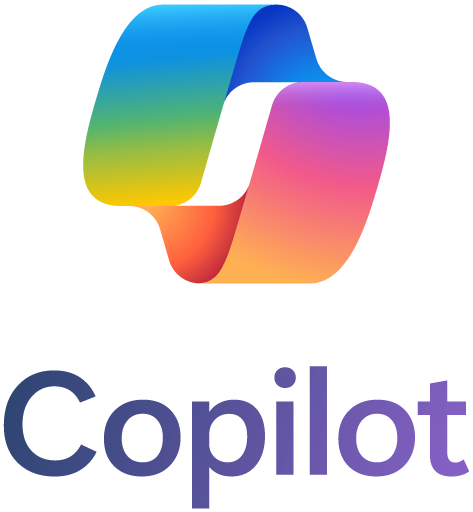It’s happening! You finally decided to see what is behind this hustle about VoIP that everyone keeps talking about. You already went trough some basic benefits of VoIP in our previous blog post and now you want to know more about what you need for switching your business to VoIP. No worries, you are one in a million of people who are not telecommunication experts and are not planing of becoming one in recent period. Even though this is and overwhelming and difficult decision to make, there are some tips and tricks to make this process seamless.
So let’s see what you need to know before switching your business to VoIP:
- Will my existing cabling support VoIP?
- Is my internet connection fast enough for VoIP?
- Is my company ready for a change?
Will my existing cabling support VOIP?
There are two types of cables associated with Voice Over IP connectivity: Telephone wire and Ethernet cables. Telephone cable comes in two common varieties, the “line cord” and the “handset cord.” Ethernet cables name is commonly starting with prefix Cat.
So, let’s forget about first ones and focus on second ones, Ethernet cables, because they are the ones that promise a good quality of voice connection in your office. Having this said, let’s see what exact type of cabling do you need for VoIP:
CAT5e vs. CAT6
It is worth noting that both Cat5 vs Cat6 cables utilize the same end piece, i.e. they can “plug in” to the same ports. The differences between each of these cables are in their capabilities, as well as the methods and materials used to create them. Bellow given is the comparison in some relevant factor between these two types of cables:
Speed: CAT5e up to 1 GB/s speed at 100 meters vs. CAT6 up to 10GB/s speed at 55 meters
Frequency: CAT5e has frequency of 350 Mhz vs. CAT6 has frequency of 550 Mhz
Crosstalk: CAT5e more crosstalk due to cable construction vs. CAT6 less crosstalk
Cost: CAT5e are by 10-20% cheaper than CAT6
Future: CAT5e may have to be replaced by faster networks vs. CAT6 more future proof
What kind of cabling do you have? The easiest way to find out what cabling you have is top unscrewed the face plate jack, pull out the cable and locate the label on the cable itself. If the cable is not labeled you can recognize CAT6 cables as they are often thicker because they use thicker copper wires.
Is my internet connection fast enough for VoIP?
As we all know, VoIP uses data packets to digitally transmit voice over the internet. That being said, having the proper internet speed is crucial to the viability of this technology, possibly making or breaking communication efforts.
With that in mind, it is very important to understand how much of your current bandwidth (maximum rate at which your network can transfer data) is needed for high-quality voice calls. How much bandwidth you need depends on what you are doing, and how many people are doing it. For example if you are a design studio, you may be sharing enormous files internally from computer-to-computer or sending to a customer. This all influences the bandwidth ratio.
First step is to do an internet speed test so you can determinate what is your Download Speed and Upload Speed. Having this done, there is a simple math equation to calculate how many VoIP lines your bandwidth can support. For most standard codecs, you’ll need anywhere from 85 – 100 Kpbs of bandwidth per concurrent call.
Upload Speed * 1000 (conversion from Mbps to Kbps) = X
X : 100 = number of lines your bandwidth can support in the same time
This calculation doesn’t include all of the other activities that require bandwidth (eg. consistency of network, downloading, emails, browsing internet online software, web-based POS systems, etc.) and this should be taken into the consideration while choosing your bandwidth.
One last thing to consider is how your choice of VoIP provider affects call quality. The major difference is made in a way they encode your signals. This is closely connected to how many data centers your provider operates. Companies have more data centers will offer more reliable service by spreading their service out across locations.
ITAF is one of the largest VoIP providers in Belgium with several data centers in different locations.
Is my company ready for a change?
Now more than ever, change is inevitable within the business landscape and has a lot of benefits. Increased technology and other marketplace drivers have radically increased the pace and complexity of change. Before leading your organization through change, it is important to reflect on your own business and determine if your company is ready for change before taking it in a new direction.
Most people are used to their work environment and find it hard to adjust and accommodate to new ways of doing their job. It will certainly take some time and training for everyone to accept the change.
It is advised to have a point of contact to navigate trough this change and explain the processes of using this new system to other employees.
ITAF and it’s service VoIP servicess offers full support before, during, and after the change. Contact us and we will be glad to help you.



